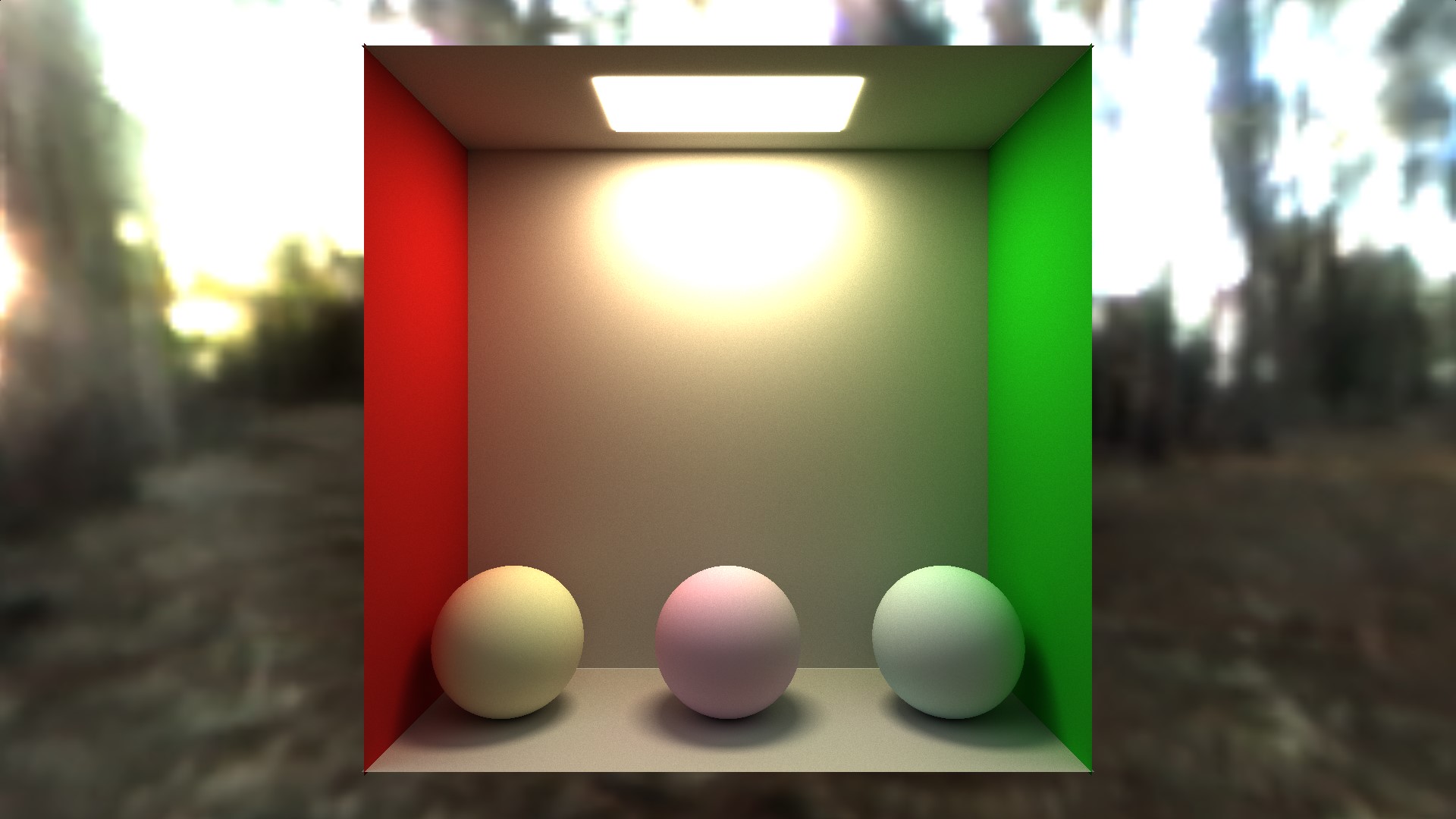What is path tracing? And how does it compare to ray tracing?
Real-time path tracing appears to be on the horizon

Nvidia has taken its next steps in researching path tracing for video games, with recent examples of the rendering techniques being broadcast at GDC 2022. It's clear that the best graphics card manufacturer is setting its sights on utilizing a more advanced version of real-time rendering for future titles on the PC platform. With that said, what is path tracing? Announced recently as "the most accurate way of rendering", it seems to take ray-tracing and up the ante somewhat.
Simply put, path tracing is a more advanced form of ray tracing which relies upon simulating the path of light by bouncing back on a single pixel in random directions for a more faithful reproduction. Rays are traced over many bounces, from the light source onto the target object instead of being traced in a linear fashion.
(3/10) This is real-time path tracing research.30-bounce path tracing in a scene with ~3B instanced triangles. pic.twitter.com/bs9MxHnwUSMarch 29, 2022
If we take the above example into consideration, Vice President of Graphics Research, Aron Lefohn, demonstrates what's possible with an RTX 3090 and the rendering technique. This clip of a tiger walking through a jungle features path tracing with a metric of 30 bounces split over what's reported to be 3 billion instanced triangles. While the footage is clearly rudimentary, it gives us a rough idea of what a real-time path-traced scene can look like in 2022.
Unreal Engine has had support for path tracing for some time now, and this visual demonstration created by YouTube user BlackOudanArt shows us what that same GPU can do. You can note the depth and softness of the shadows, the photo-realistic nature of the brass, wood, and metal textures, as well as the vibrance of the piercing light which is perhaps best pictured at 0:37 in.
Keep in mind, that this clip is rendered, meaning it is not real-time as the tiger is, but this clip still lets you see the visual prowess of the more hardware-intensive rendering tech in its best light.
Due to Nvidia's continued exploration into advancing A.I. technologies, the emphasis on path tracing as an algorithm makes a lot of sense. Since Turing (RTX 20 series) the company's GPUs have featured Tensor cores which are used to aid artificial intelligence, and fuel the brand's supersampling and encoding technologies.
The one major drawback of path tracing in the past has been just how much noise is created from so many different rays are being rendered at once. Given that ray tracing is already incredibly demanding on current-generation hardware, resulting in the likes of A.I. upscaling, such as DLSS, to carry the load instead of the physical hardware itself, it's likely that a path tracing focused GPU generation will lean far more into the Tensor and RT cores than ever before.
Sign up to the GamesRadar+ Newsletter
Weekly digests, tales from the communities you love, and more
As a frame of reference, we haven't seen very many graphically demanding titles take advantage of path tracing in the current generation capacity of the technology. If we take Nvidia's own foray into the technology in games, we can look at how the Quake II RTX remaster (with textures that are over 20 years old) revitalized the game with modern-day lighting. Nvidia itself described the RTX remaster as such: "Each single-player and multiplayer map has been enhanced with path-tracing, a super high-fidelity form of ray tracing."
Path Tracing vs Ray Tracing - What's the difference?
Let's get one thing straight out of the gate here, path tracing is a form of ray tracing, though the two rendering techniques have some nuance between them. If we take the latter into consideration first, ray tracing works as the name implies - light rays are simulated and then traced from their origin to their endpoint. By contrast, path tracing sees a single ray traced that bounces between its point of origin and the target to splinter off in random directions. This is instead of in a linear fashion like ray tracing, resulting in more realistic depictions of how light actually reacts to different surfaces.
What does Path Tracing mean for the next Nvidia GPU generation?
While we've speculated on everything we know about RTX 40 series, it's looking as though the company are wanting to continue developing path tracing technology for real-time in-game rendering. Given that we're now two generations into video cards primarily marketed on their ray tracing prowess, it stands to reason that the succeeding generation, codename Lovelace, could be vying for a new approach altogether.
The one major takeaway here is that path tracing is more advanced and consequently more hardware intensive. If the rumors we've heard about Ampere's successor line are true, with the far higher power requirements needed, then real-time path tracing could be in its infancy on a wider scale sooner than expected.
To get your hands on the latest GPU stock, check out our guides to RTX 3080 stock, RTX 3070 restocks and where to buy RTX 3060.

Aleksha McLoughlin served as the Hardware Editor for GamesRadar from June 2021 until August 2022. Her main area of expertise was the PC gaming platform, which comprised buying guides, features, reviews, and news coverage on components and prebuilt machines. She was also responsible for gaming chairs and storage. She now works on a freelance basis while studying to become a university lecturer specializing in English for foreign territories. Prior to joining GamesRadar, she wrote for the likes of Expert Reviews, The Rory Peck Trust, No Clean Singing, Vinyl Chapters, and Tech Spark while also working with the BBC.


